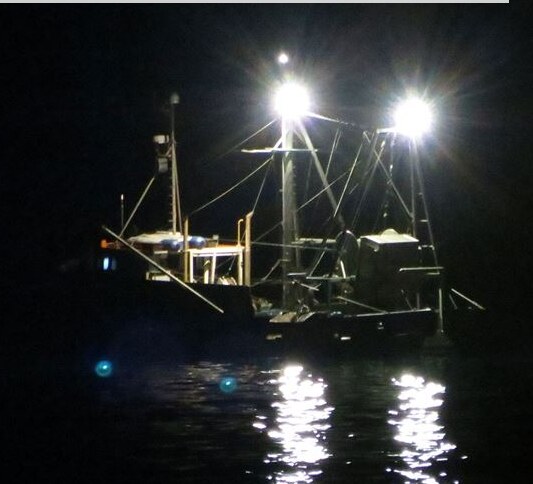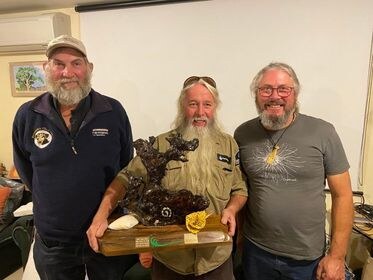New coast care role for eastern Coromandel
Waikato Regional Council and Thames-Coromandel District Council are calling for Registrations of Interest (ROI) for a Coordinator for the Coastcare Programme (East Coast)
The opportunity
The Coastal Restoration Coordinator (East Coast) contract will drive and support coastal restoration programmes, by collaborating with Iwi, coastal restoration groups, and the public. The role will provide technical advice for restoration activities, coordinate working bees and plant orders with community groups, and place orders for plants and other related materials for the Coastcare programme, while providing regular progress reports to key contacts at Thames Coromandel District Council (TCDC) and Waikato
Regional Council (WRC). In this role you will promote the Coastcare and Coastal Restoration programmes and will work with a broad range of stakeholders, including WRC & TCDC staff/contractors, Coastcare coordinators, local iwi, rural and suburban communities, pest plant control contractors, nurseries, and other local government representatives.
What they need
• Honesty, enthusiasm, accountability, respect and teamwork are considered core competencies for all WRC and TCDC Contractors.
• The nature of this work means that the contractor may need to occasionally work evenings and weekends to fit in with community group needs (attend group meetings etc.).
• Applicants will need a moderate level of fitness to engage in working bees and other activities
Deadline for questions is 9 August at midday.
Deadline for Expressions of Interest is 16 August at midday.
Posted: 21 July 2022 in the News category


